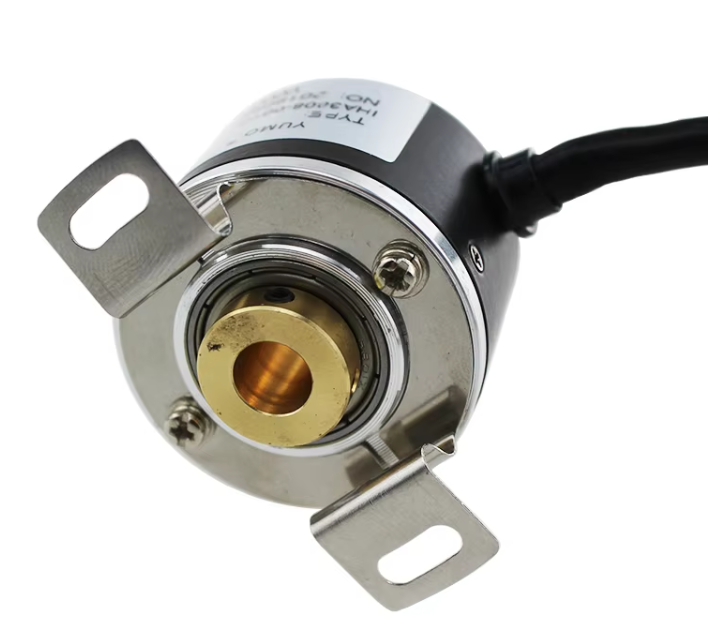Ultrasonic Sensor Working Principle and Advantages
 15 Jul 2025 click : 504
15 Jul 2025 click : 504Ultrasonic sensors are sensors that convert ultrasonic signals into other energy signals (usually electrical). Ultrasonic waves are mechanical waves with a vibration frequency higher than 20kHz. In daily production and life, ultrasonic ranging sensors are mainly used in the car’s reversing radar, robot automatic obstacle avoidance walking, construction sites and some industrial sites, such as: liquid level, well depth, pipe length and other occasions that need to automatically carry out non-contact ranging.
How do ultrasonic sensors work?

As shown in the figure above, the sensor emits ultrasonic pulses, which is reflected when encountering the measured object. The sensor receives the reflected wave and the distance between the sensor and the object can be measured by calculating the propagation time of the pulse wave.
Why choose to use ultrasonic sensors?
Strong resistance to environmental interference: can be used in any lighting environment, indoor or outdoor, complex ambient light and other various light conditions are reliable. Light, smoke, dust, color, material, etc. can be non-contact detection...... This is why ultrasonic sensors are preferable to infrared sensors for some applications, as they are not affected by soot or ferrous materials.
Wide range of applications: water level detection, drone applications, automatic obstacle avoidance applications, distance detection applications, etc. can use ultrasonic sensors.
Multiple applications: presence/absence detection, level detection, position detection, distance detection, etc. Most of the non-contact detection needs can be met.
Advantages of ultrasonic sensors
1.Not affected by object color or transparency
Ultrasonic sensors reflect sound off objects, so color or transparency does not affect the sensor's readings.
2.Can be used in dark environment
Unlike proximity sensors that use light or cameras, dark environments do not affect the detection capabilities of ultrasonic sensors.
3.Not highly affected by dust, dirt or high humidity
While many sensors work well in these environments, some still produce incorrect readings, especially in extreme conditions where large amounts of dust or water can accumulate.
4.Higher accuracy for some applications
Ultrasonic sensors offer greater accuracy when measuring thickness and distance to parallel surfaces.
5.Penetrating
High sensitivity and penetration make it easier for ultrasonic sensors to detect the outside, but also to detect deep objects.





